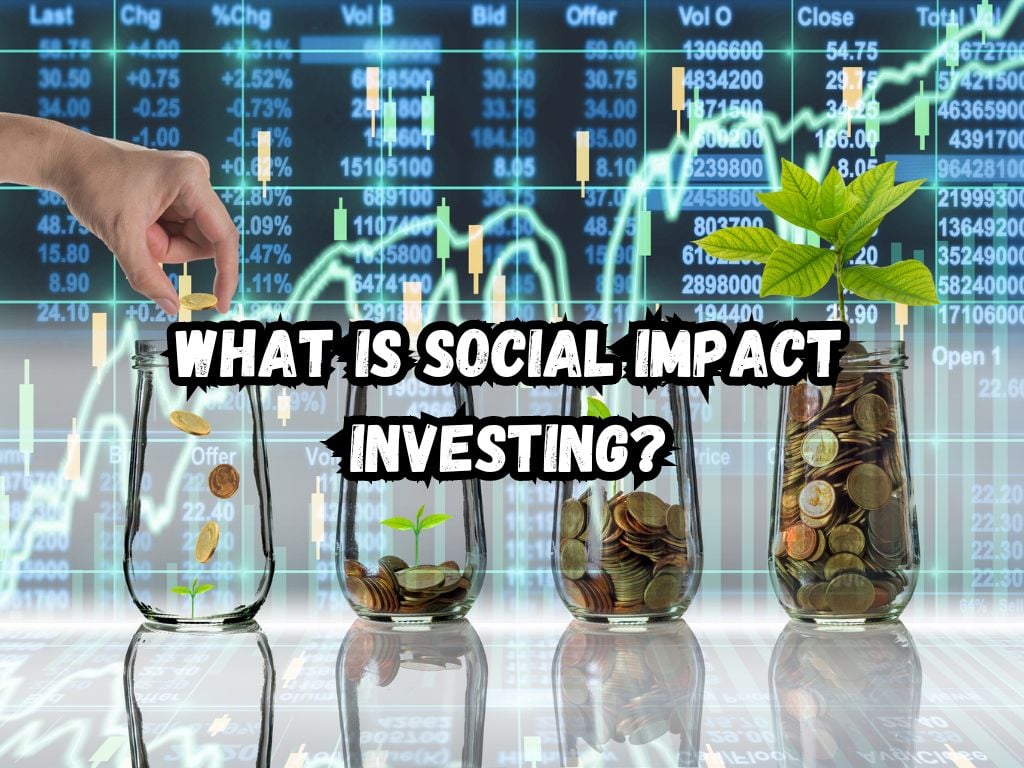Investing is not just about growing wealth. It also has the power to create social change. Social impact investing is at the heart of this revolution.
This article delves into what is social impact investing, how it works, and how you can get involved.
Social impact investing looks beyond profits. It aims to achieve positive change in society or the environment, alongside financial returns.
This approach has gained traction in recent years. More investors now see the value in aligning their investments with their values.
What is Social Impact Investing?
At its core, social impact investing involves putting money into projects or companies that aim to solve social or environmental problems.
The process is straightforward but requires a keen eye for potential impacts and returns.
Key Players in the Field
Various participants make up the social impact investing ecosystem. These include individual investors, social enterprises, nonprofit organizations, and more.
Each player has a role in identifying, funding, and scaling projects with potential for positive impact.

Benefits of Social Impact Investing
Social impact investing offers dual benefits. It creates positive change and provides financial returns. Investors help address global challenges such as climate change or inequality while seeking a profit from their investments.
Examples of Social Impact Investments
Real-world examples highlight the effectiveness of social impact investing. For instance, investments in renewable energy projects reduce carbon emissions and provide sustainable energy sources.
Meanwhile, funding microfinance initiatives helps small business owners in underserved communities grow their companies.
How to Get Started with Social Impact Investing
Tips for First-Time Investors
If you’re new to social impact investing, start small. Research projects or companies that align with your passions. Consider working with financial advisors who specialize in this area to guide your decisions.
Choosing the Right Projects and Partners
Selecting the right investments is crucial. Look for projects with clear, measurable goals and a track record of success.
Partnering with reputable organizations can also increase your chances of making a meaningful impact.
Challenges and Considerations
Social impact investing is not without challenges. Assessing the social and environmental impact of investments can be complex.
Investors need to be diligent and may have to balance lower returns against the potential for greater social good.
The Future of Social Impact Investing
The trend towards social impact investing is growing. As awareness spreads, more investors are likely to seek opportunities that align with their values. This shift could drive significant social and environmental changes in the coming years.

Frequently Asked Qestions
Traditional investing focuses mainly on financial returns. In contrast, social impact investing seeks to generate social or environmental benefits alongside profits.
Yes, many social impact investments offer competitive financial returns. However, returns can vary based on the project and the level of risk involved.
Measuring social impact involves assessing the direct and indirect outcomes of an investment. This can include environmental benefits, job creation, or improvements in community well-being.
By offering a way to invest with purpose, social impact investing is expanding the definition of what it means to be an investor.
Whether you’re an experienced investor or new to the game, exploring social impact investing can add a valuable dimension to your portfolio, both financially and ethically.
Conclusion
Social impact investing offers a unique combination of benefits. It empowers investors to support causes they care about while pursuing financial returns.
This approach has the power to transform the landscape of investing, making it a force for good in the world.


 Tags:
Tags:










